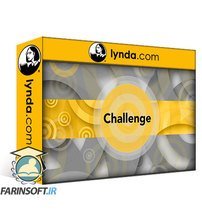جمع جزء: 1,134,000 تومان
- × 1 عدد: Artificial Intelligence Foundations: Neural Networks - 189,000 تومان
- × 1 عدد: Univariate Time Series Analytics and Modeling with EViews - 189,000 تومان
- × 1 عدد: Get Started Creating Online Courses with OBS and Adobe CC - 189,000 تومان
- × 1 عدد: Git Debugging Techniques - 189,000 تومان
- × 1 عدد: Mastering SQLite: From Fundamentals to Advanced Techniques - 189,000 تومان
- × 1 عدد: Programming Foundations: Algorithms - 189,000 تومان













